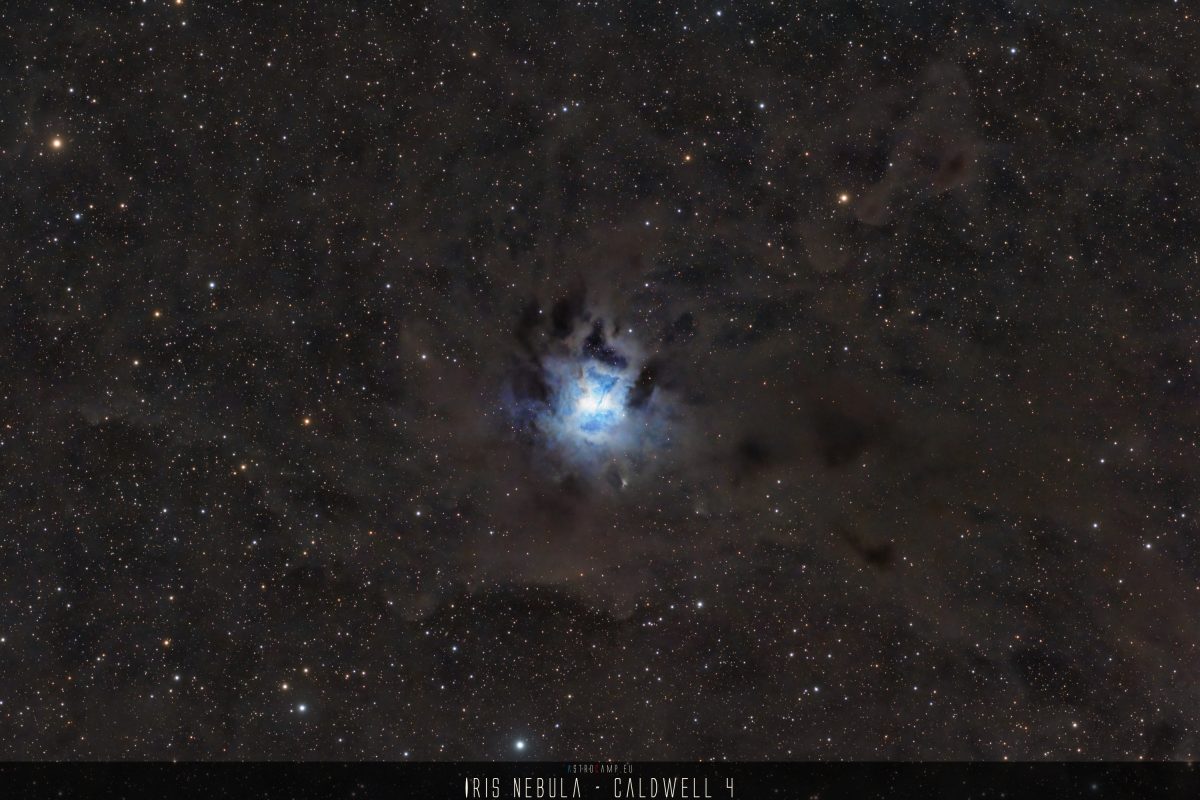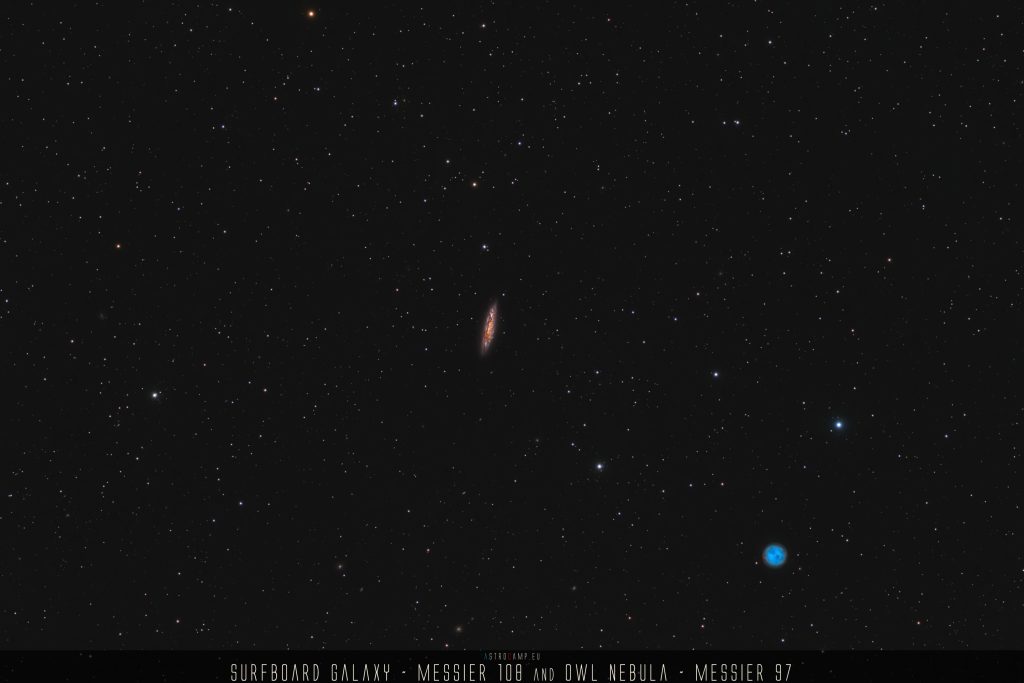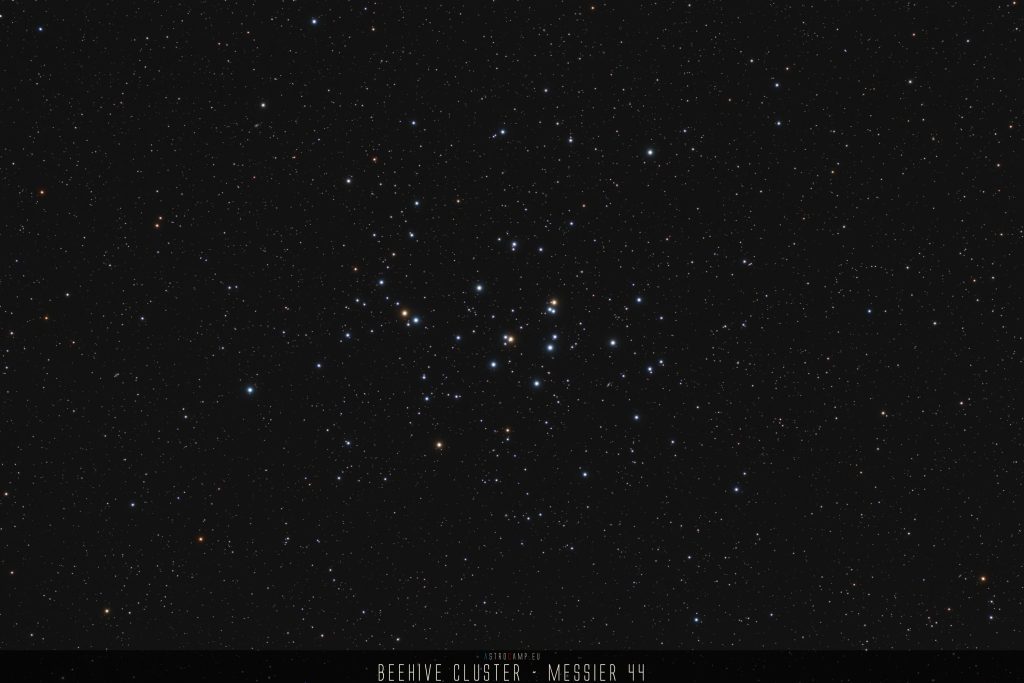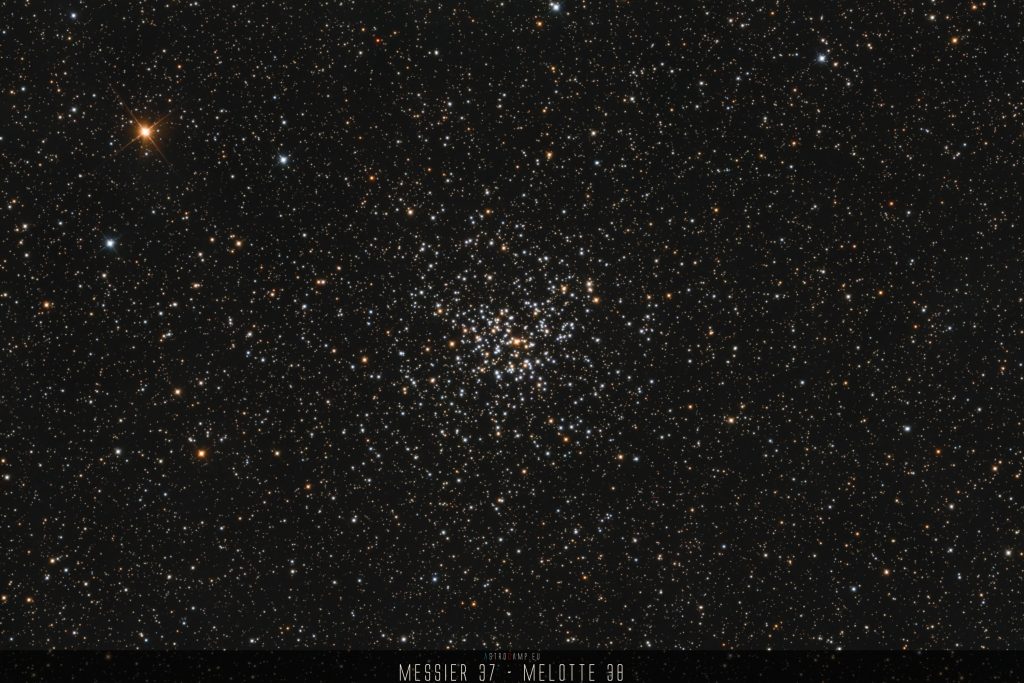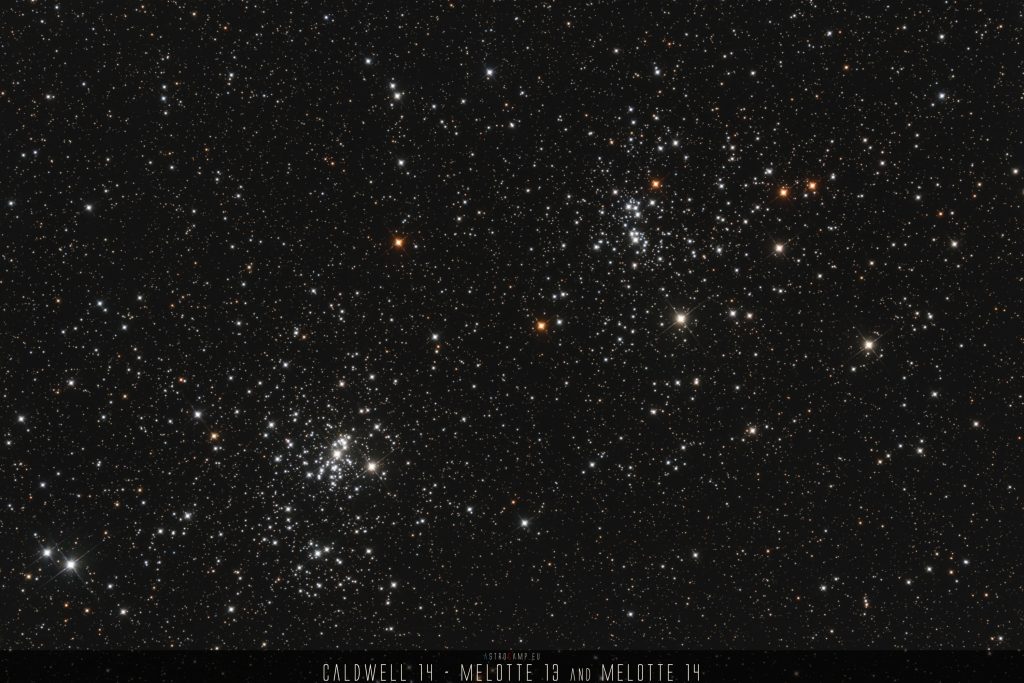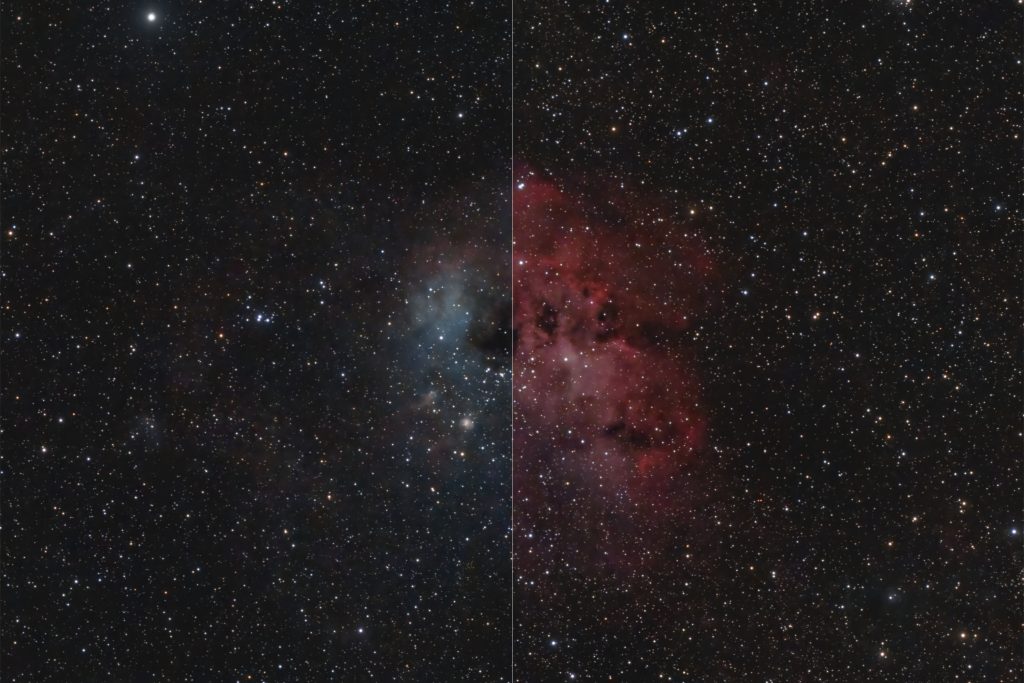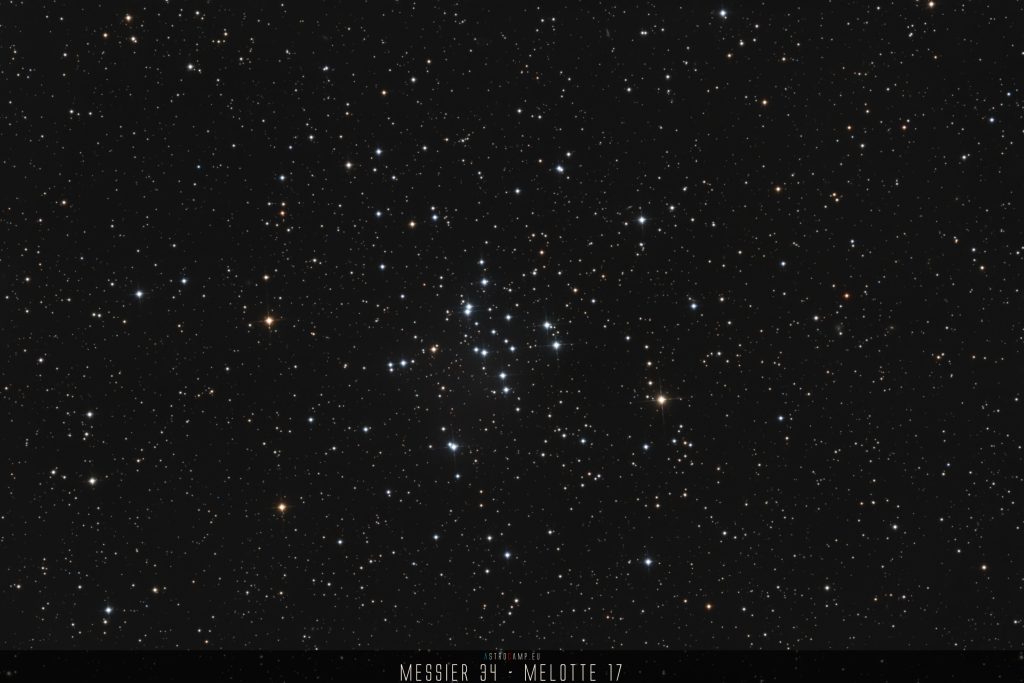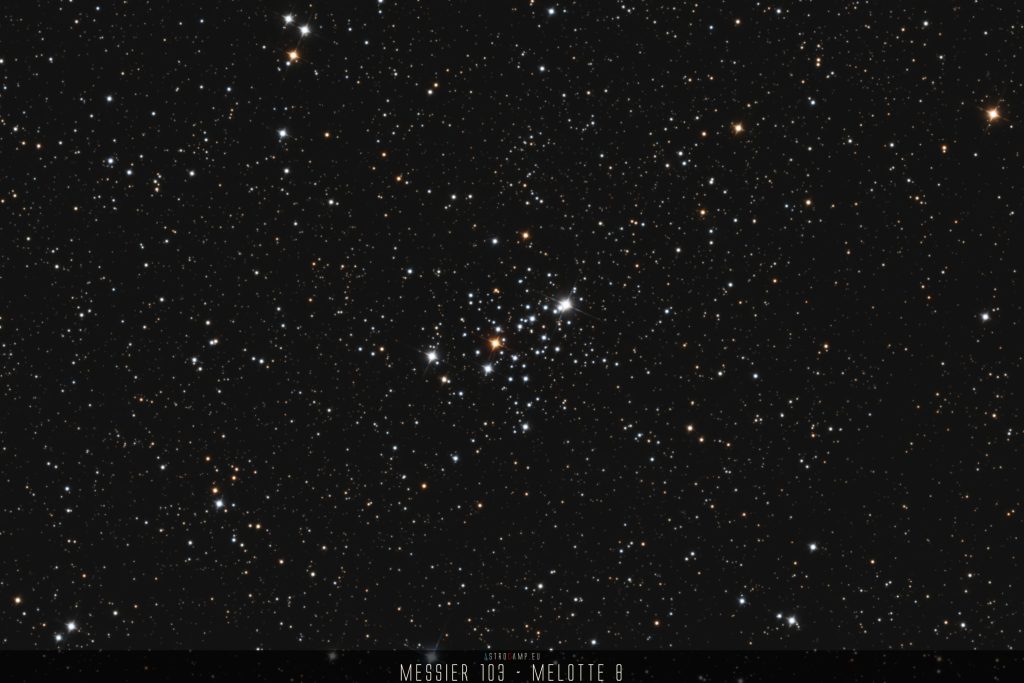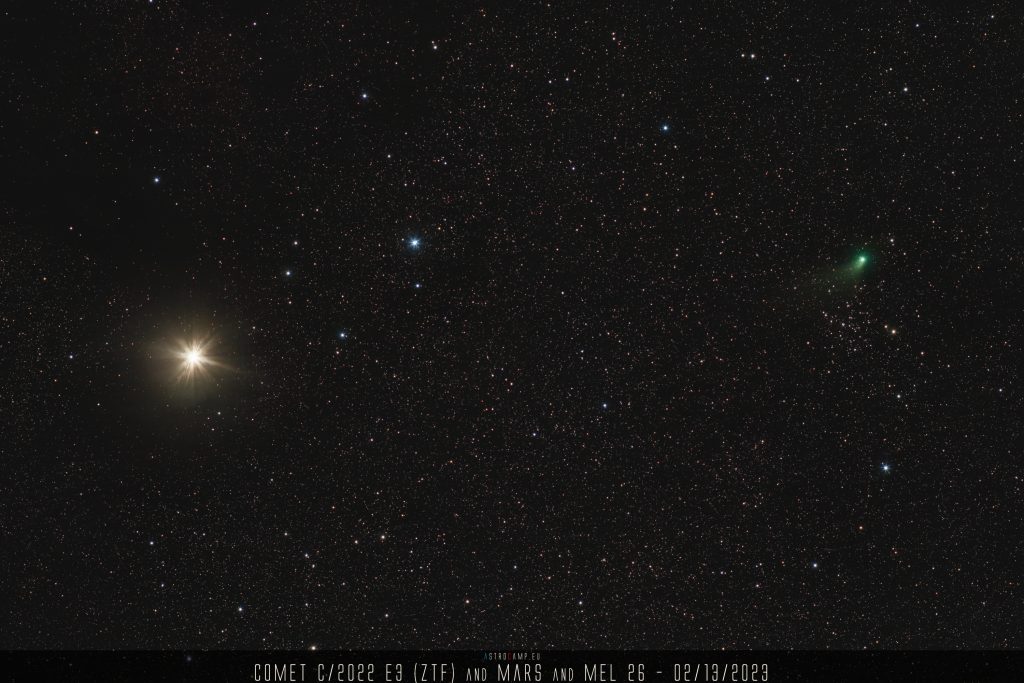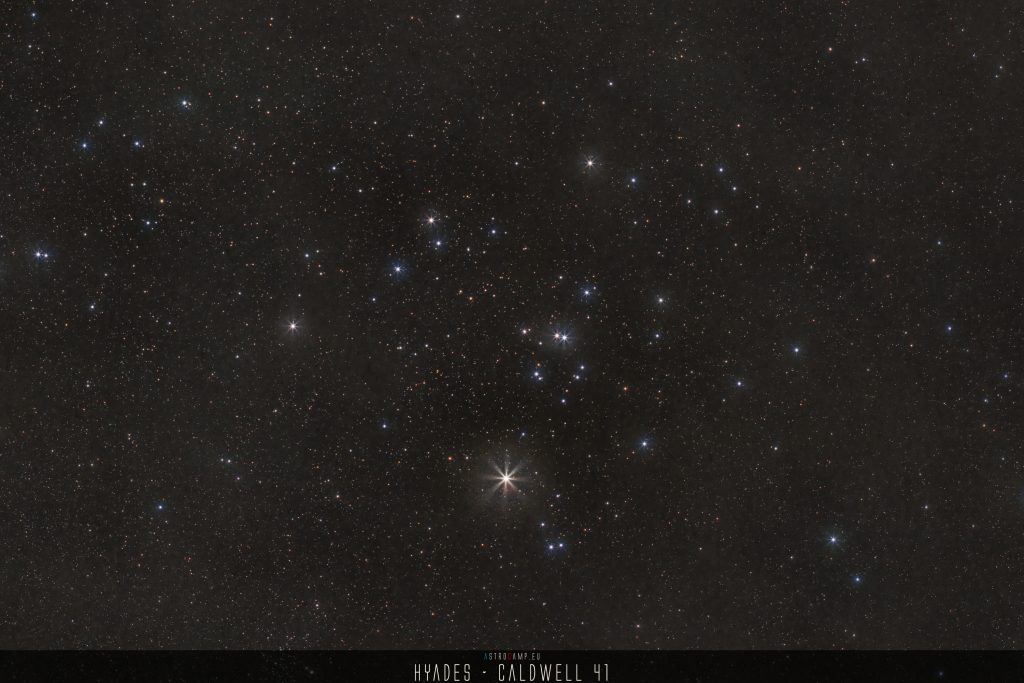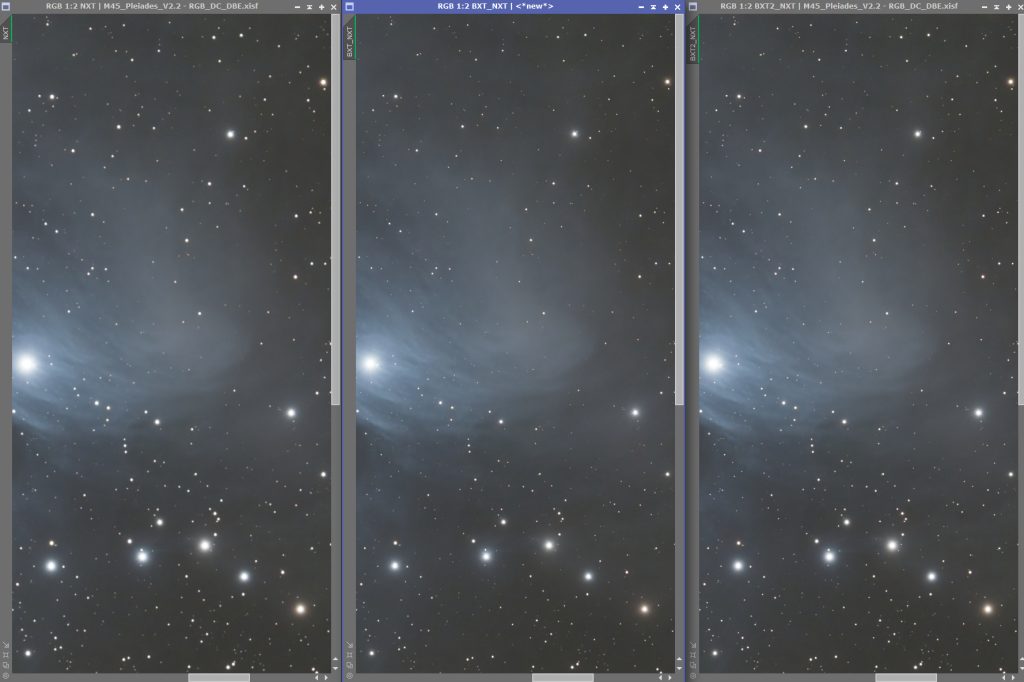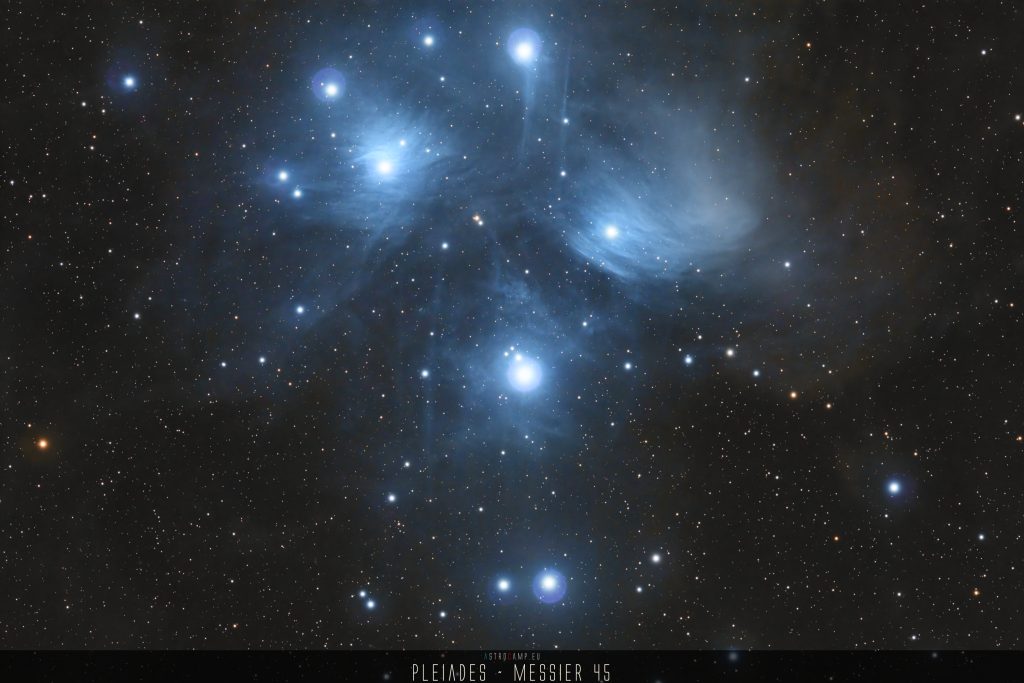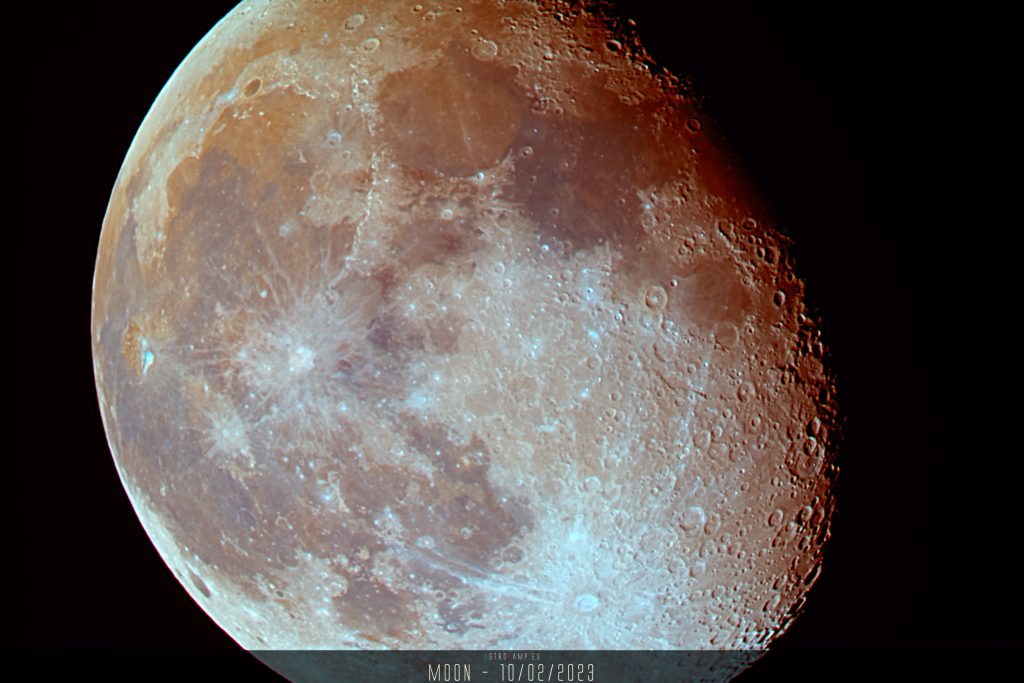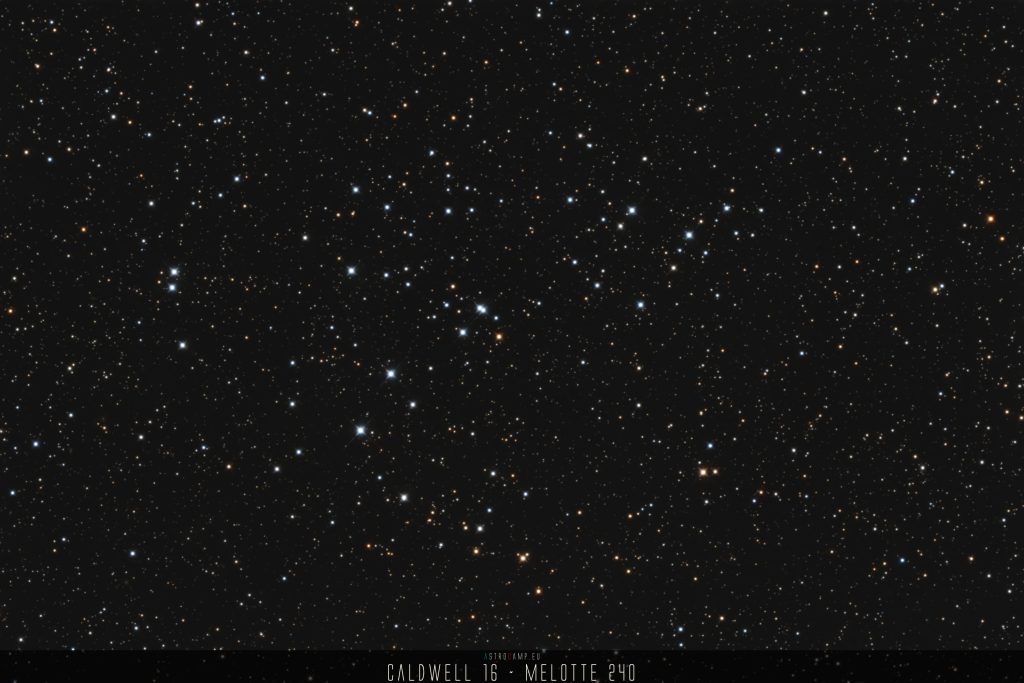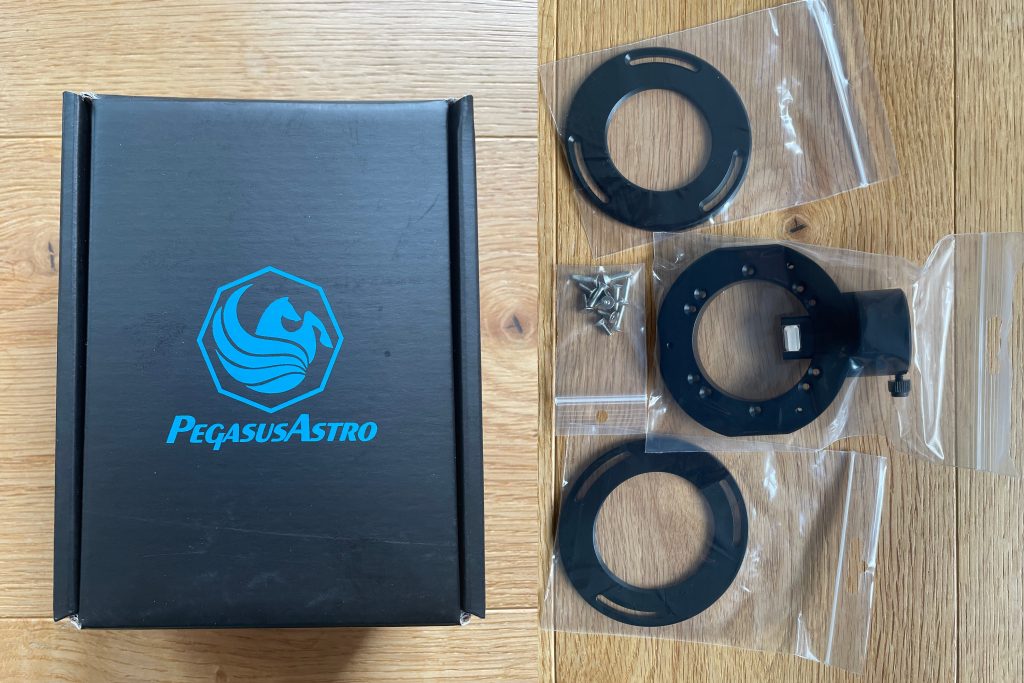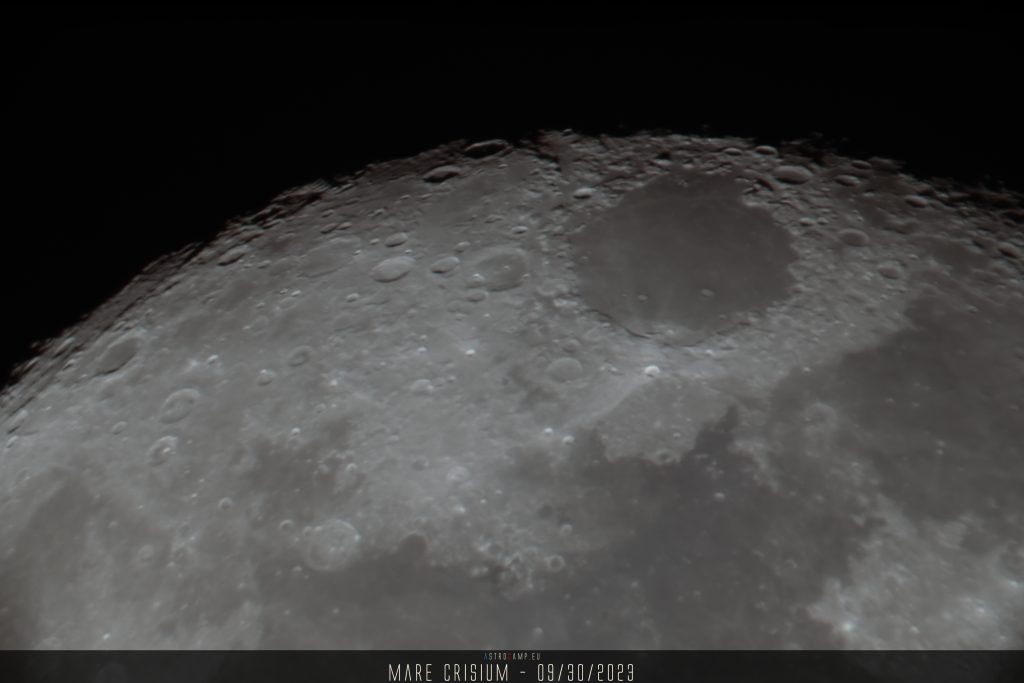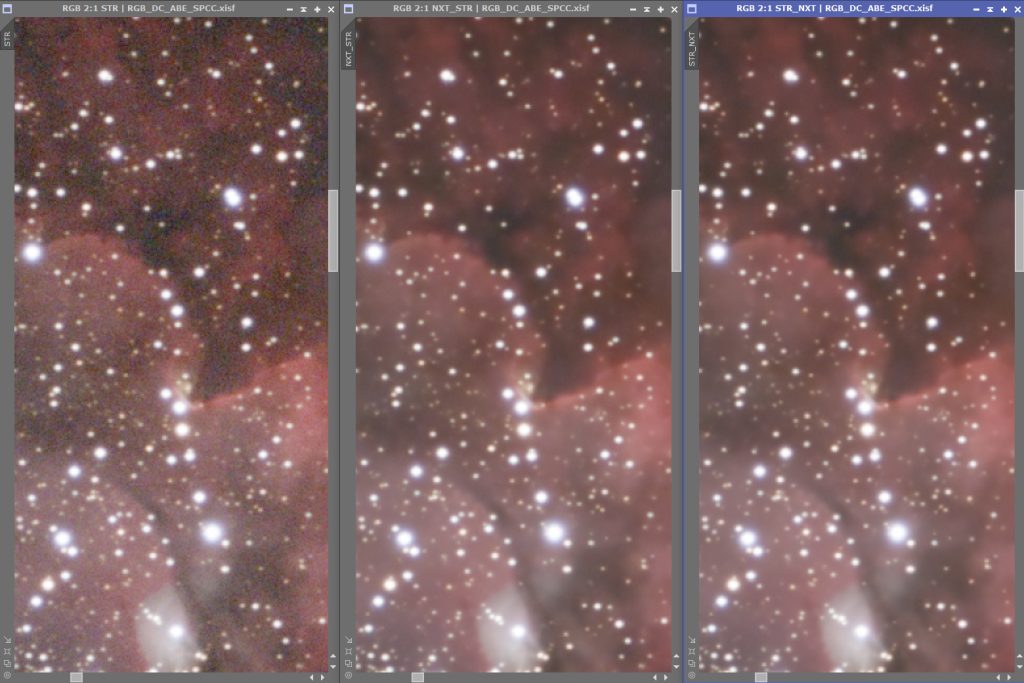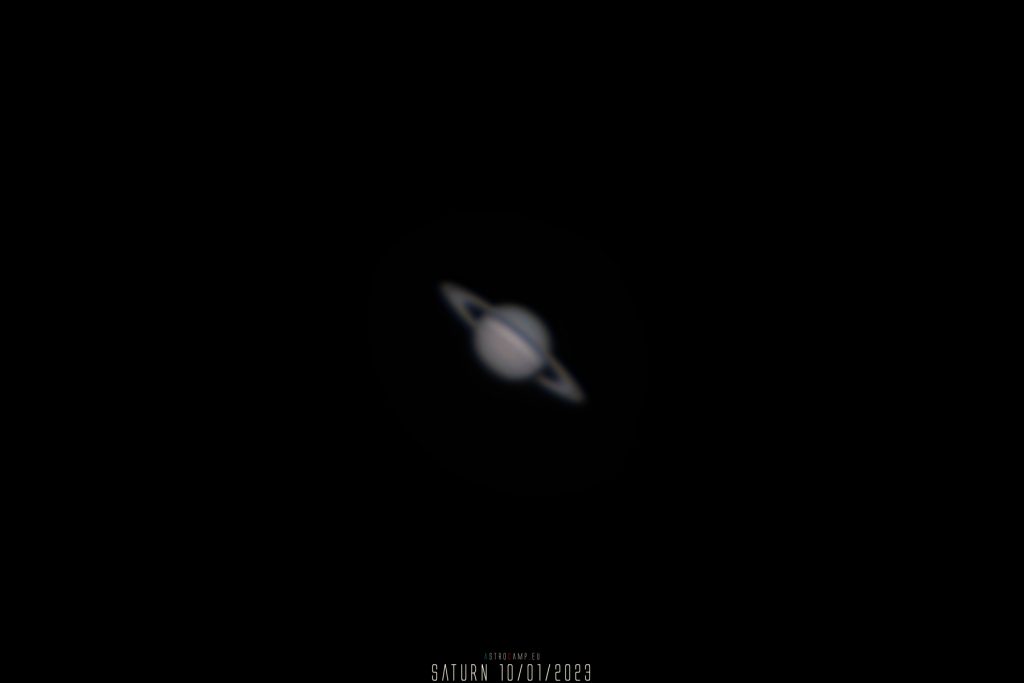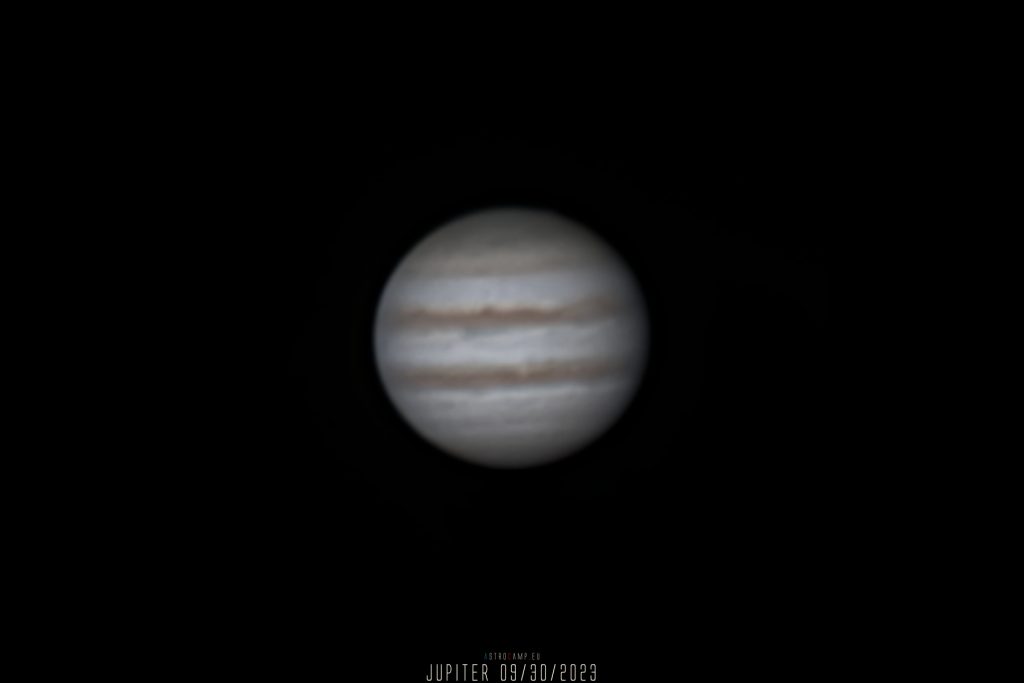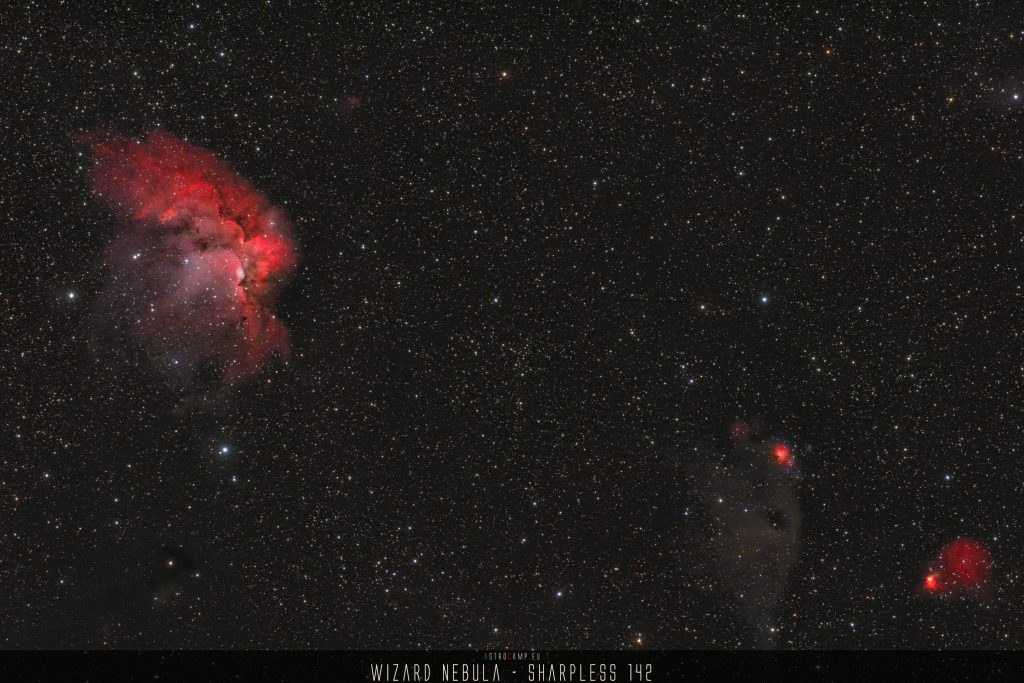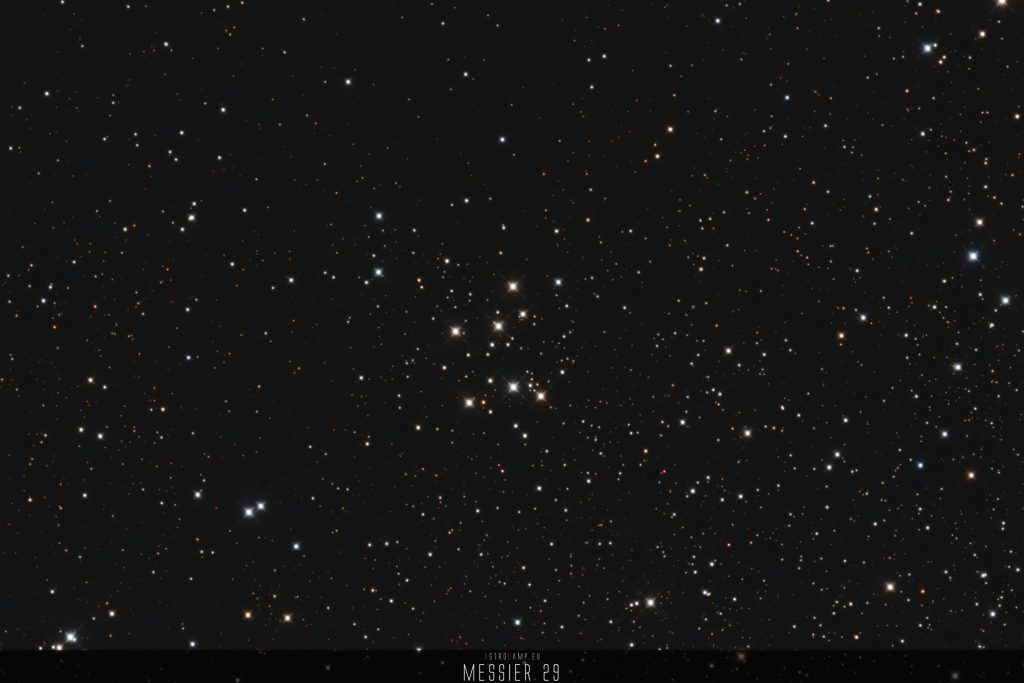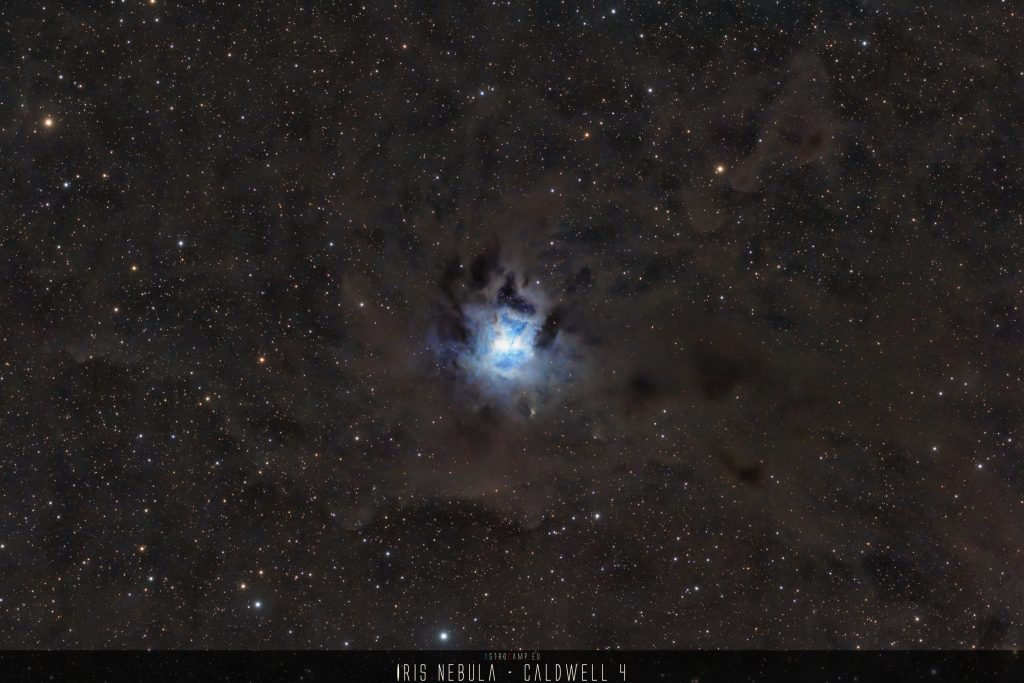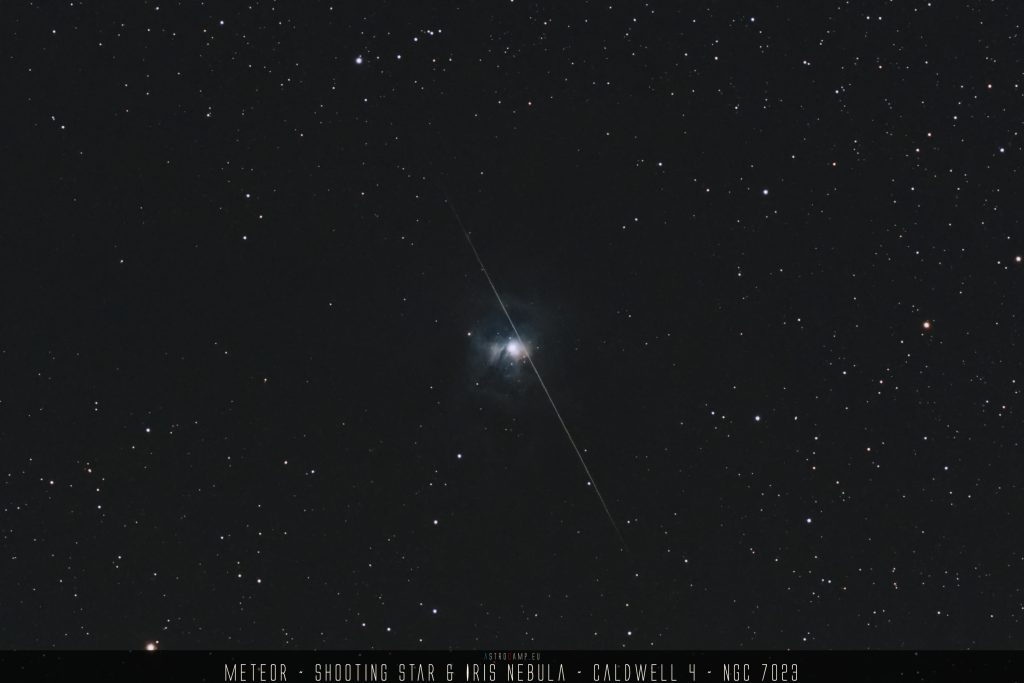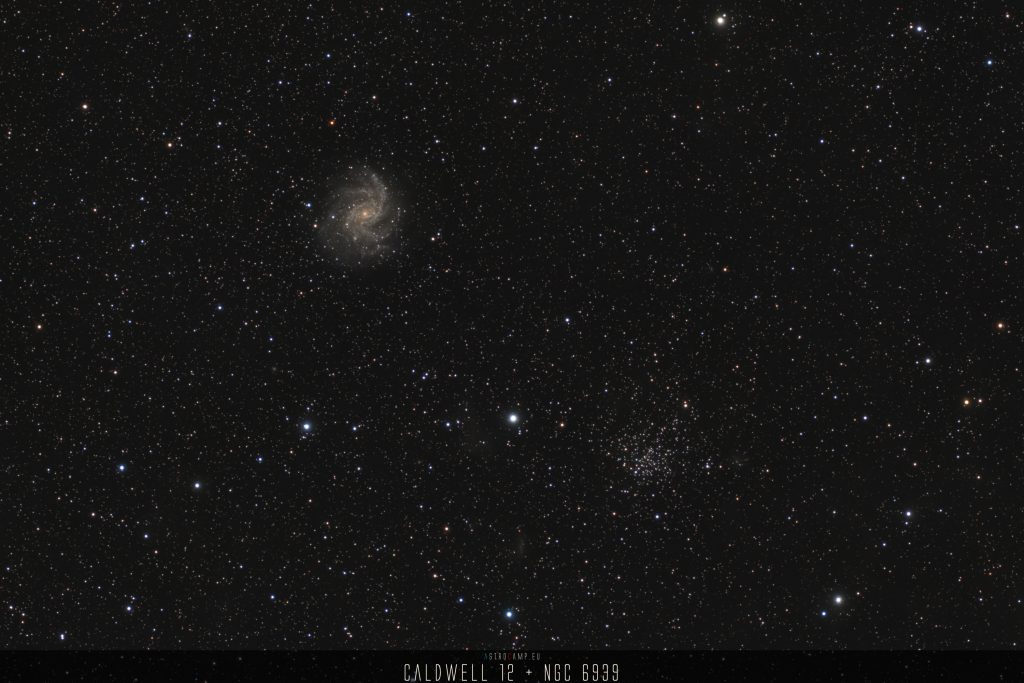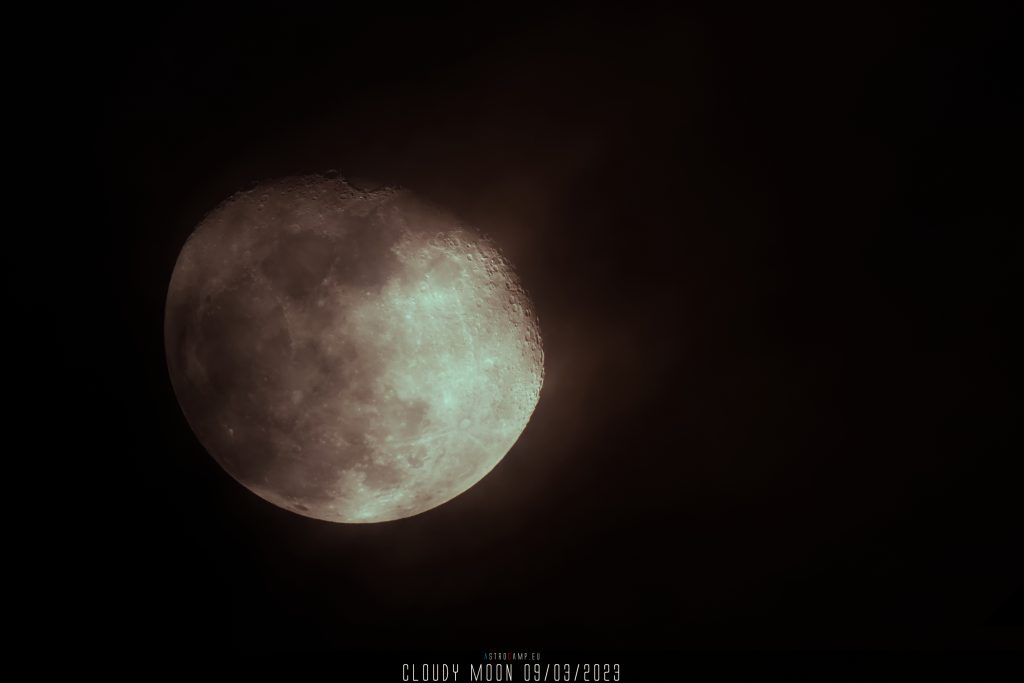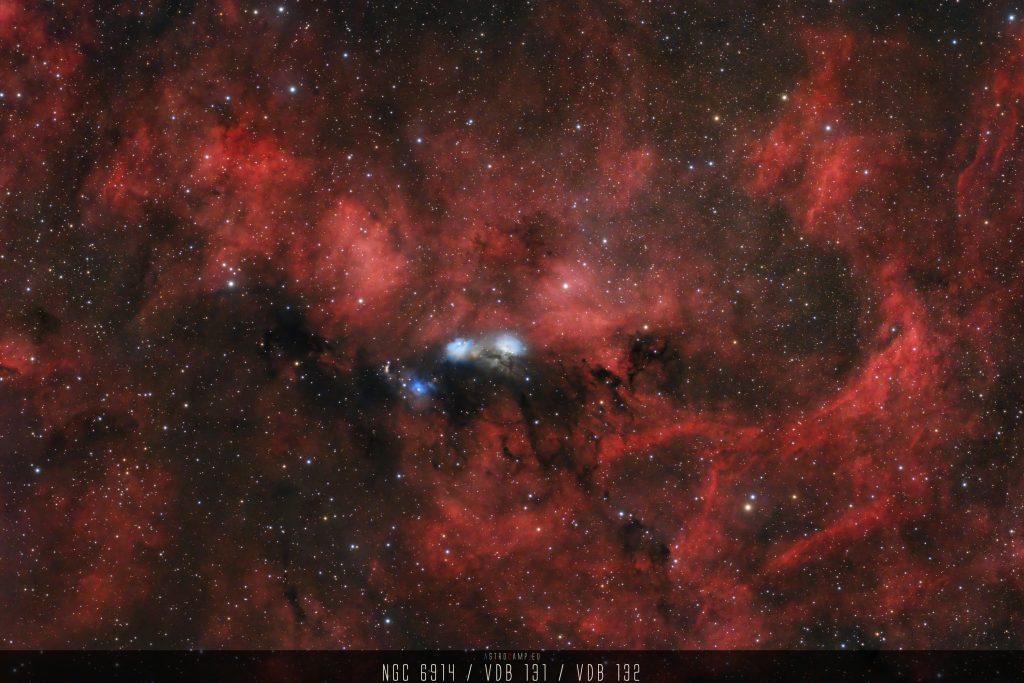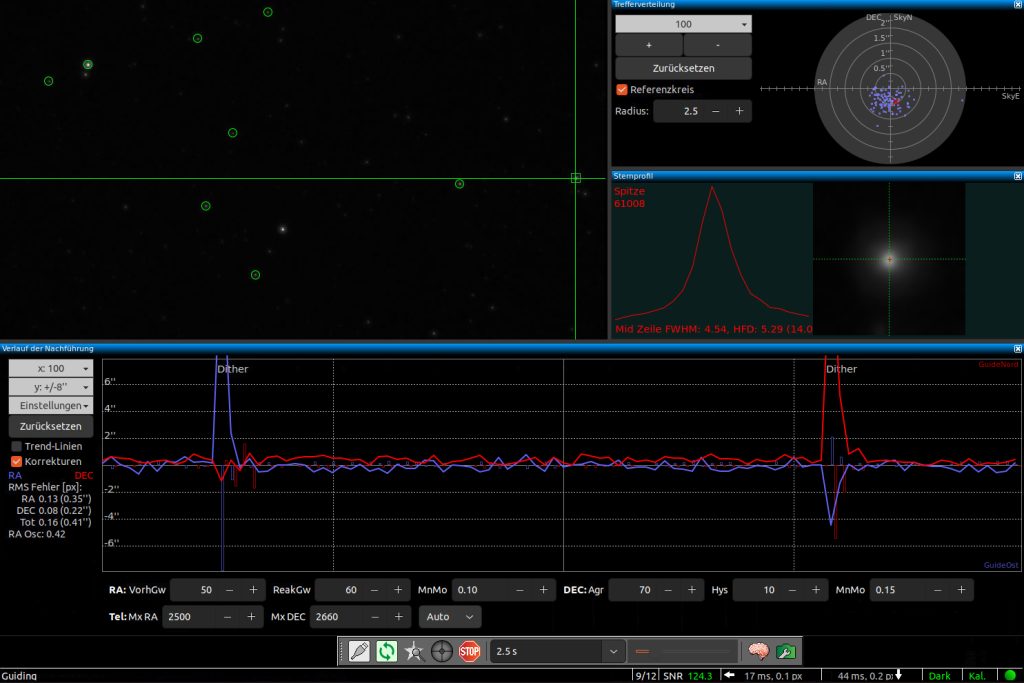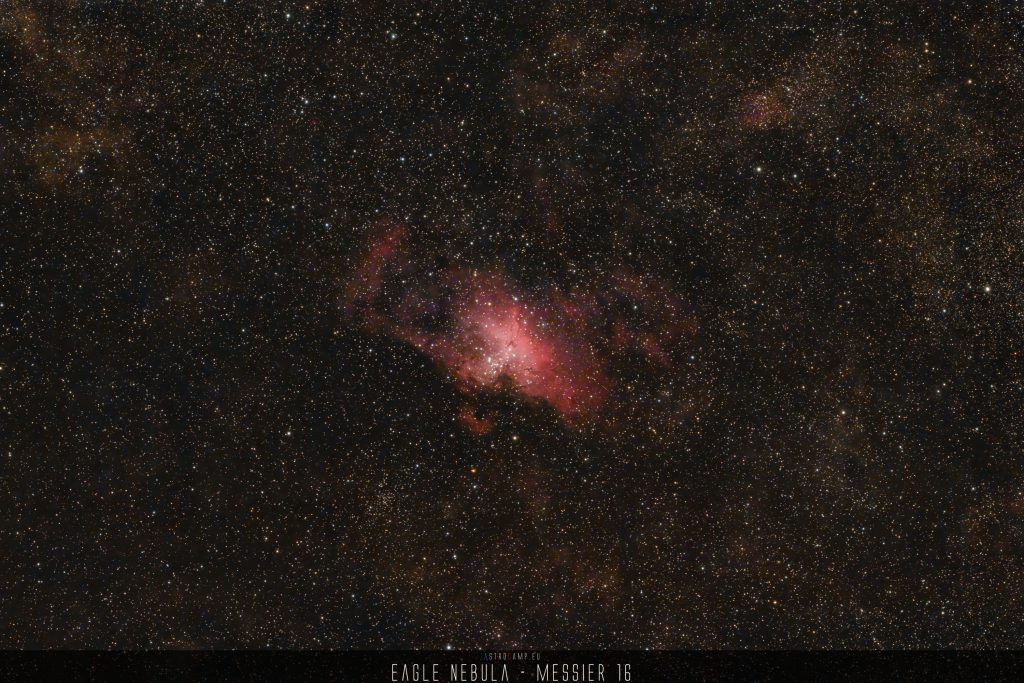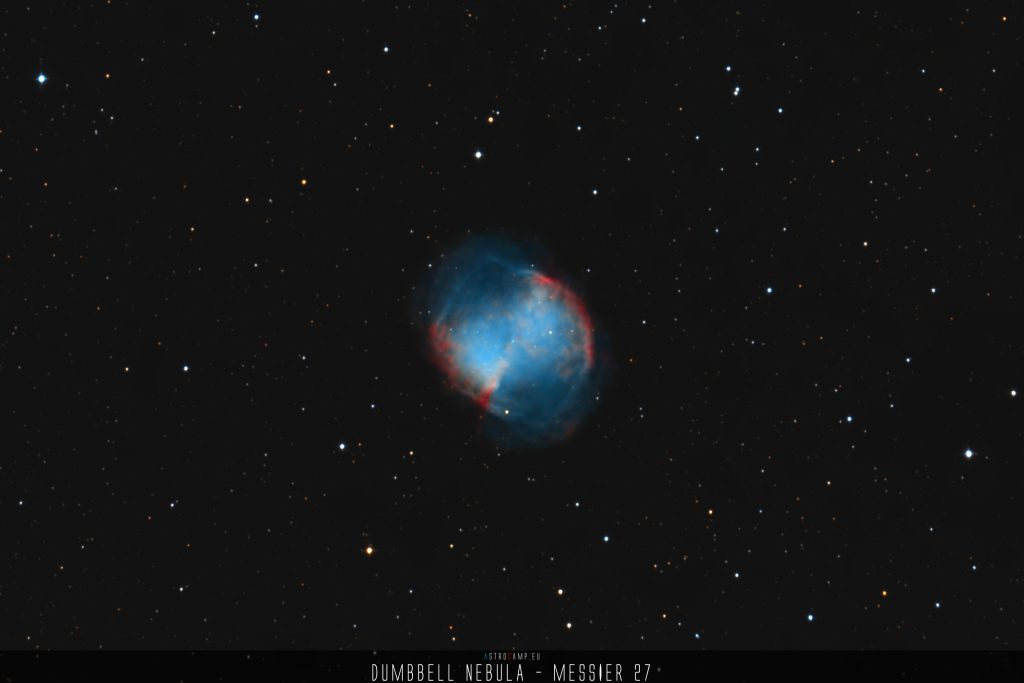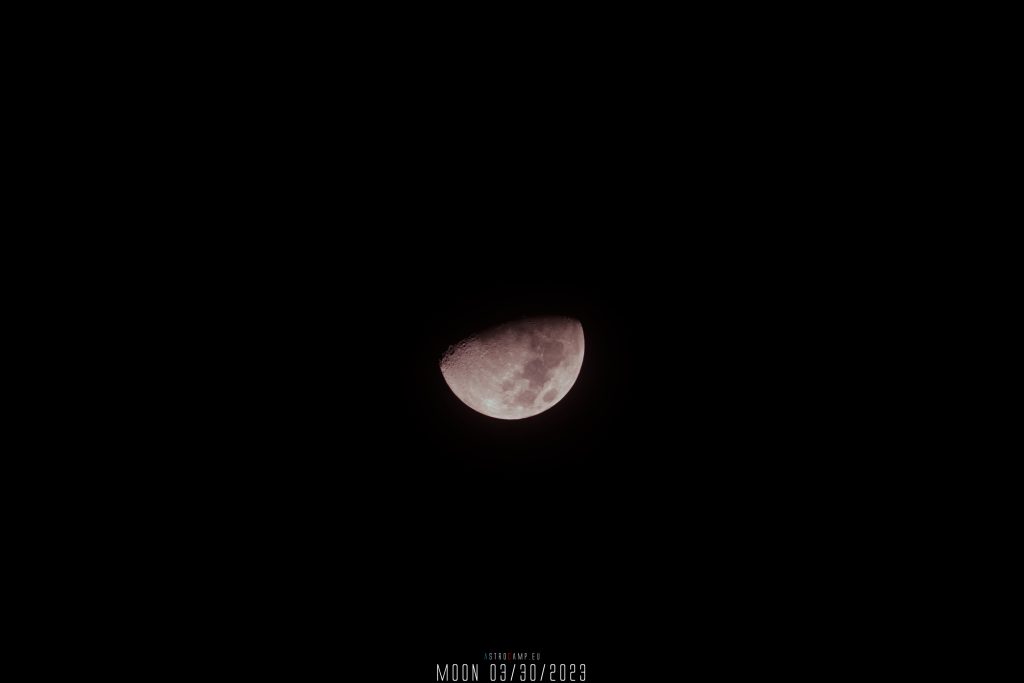The Iris Nebula, cataloged as NGC 7023, is a reflection nebula situated in the constellation Cepheus. This celestial beauty is characterized by vibrant hues of blue and intricate patterns formed by illuminated dust clouds. The nebula gets its name from its distinct iris-like shape, resembling the colorful part of the eye. Located around 1,300 light-years away from Earth, the Iris Nebula is a captivating astronomical object that showcases the beauty of interstellar dust and gas.
Location and neighborhood.
The Iris Nebula, is located in the northern celestial hemisphere in the constellation Cepheus. Its specific coordinates in the night sky are approximately right ascension 21h 01m and declination +68° 10′. This places it within a region of the sky that is easily observable from latitudes in the Northern Hemisphere.
Unique facts
- The Iris Nebula is a reflection nebula, meaning it does not emit its own light but instead reflects the light of nearby stars.
- The Iris Nebula gets its name from its distinctive iris-like shape, resembling the colorful part of the human eye. This characteristic shape is formed by a central cluster of young stars illuminating the surrounding dust and creating a pattern that evokes the appearance of an iris.
Brightness and size
The Iris Nebula, Caldwell 4 or NGC 7023, is a relatively bright reflection nebula, visible to observers with modest telescopes and even with the naked eye under dark skies. Its apparent visual magnitude is approximately 6.8, making it relatively bright compared to many other nebulae.
In terms of physical size, the Iris Nebula spans a region of the sky about 18 arcminutes across. To put this in perspective, the full moon has an apparent diameter of about 30 arcminutes, so the Iris Nebula covers more than half of the moon’s apparent size. This size makes it a suitable target for amateur astronomers with telescopes of various sizes.
As for its distance, the Iris Nebula is located at a distance of approximately 1,300 light-years from Earth. This places it within our Milky Way galaxy, specifically in the constellation Cepheus. The nebula is part of a larger molecular cloud complex, and its stunning appearance is a result of the interplay between the young stars in the region and the surrounding interstellar dust and gas.

